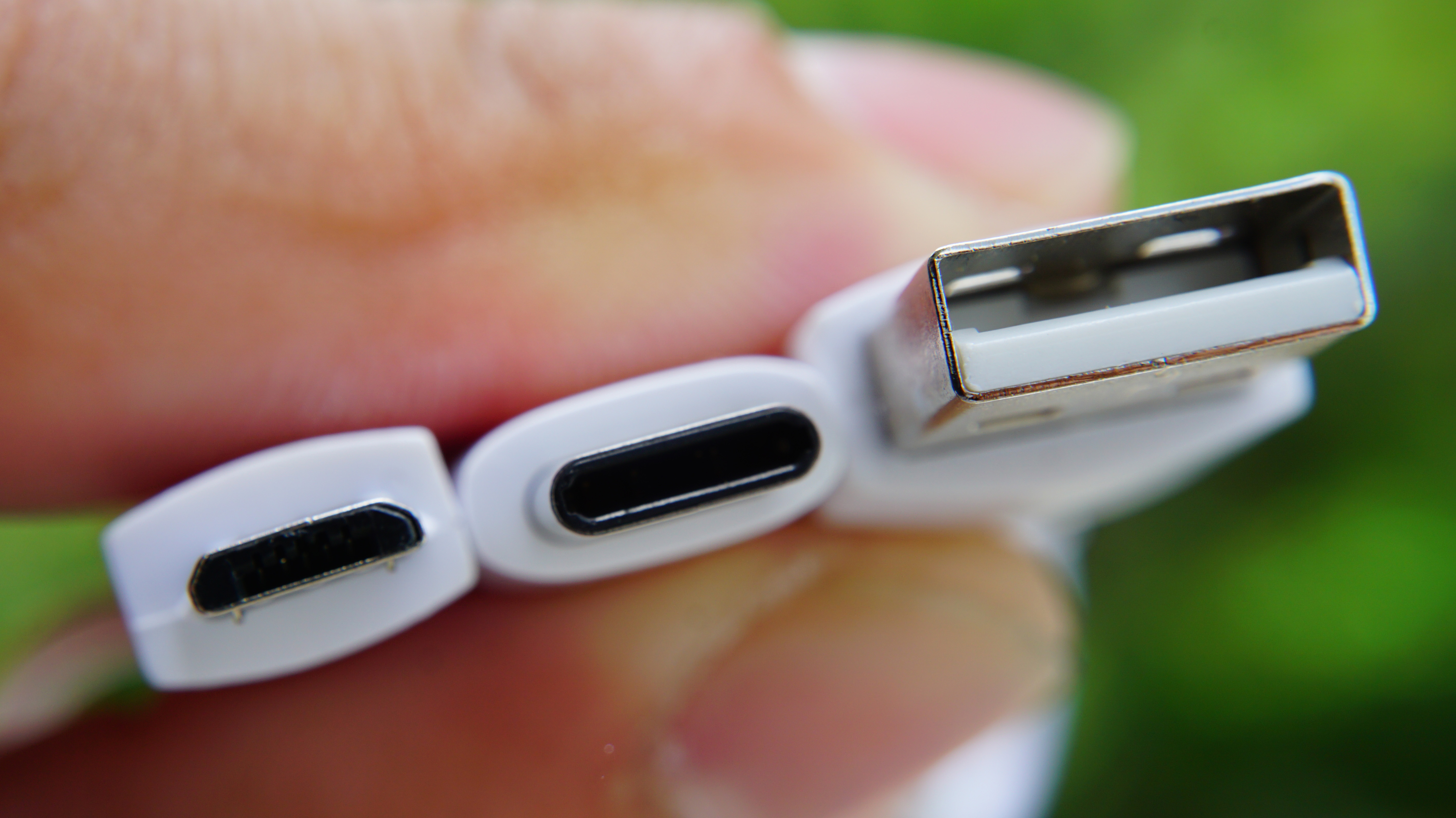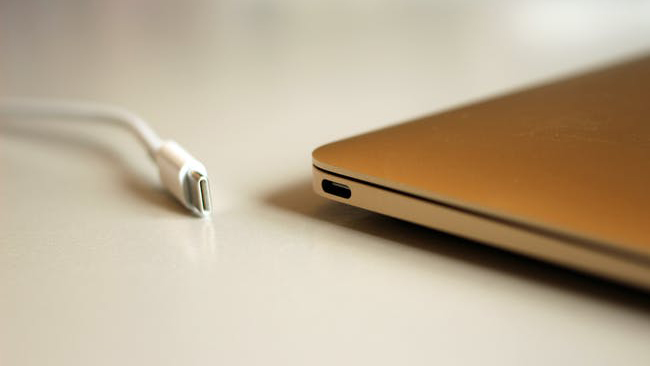Phwoar! USB 4 gets the go-ahead, and it's faster than ever
Photo and video transfer speeds are about to be supercharged with this 40Gbit/s (5,000MB/s) tech

The USB Implementation Forum has revealed the final specifications for the upcoming USB 4 standard. The big news is that, at 40Gbit/s, it’ll be twice as fast as the current fastest version of USB 3.2. The specs are very similar to the Thunderbolt 3 standard, largely because USB 4 is based on Intel’s Thunderbolt protocol.
USB 4 devices are expected to be available in 2020, with USB 4 itself being backward compatible with Thunderbolt 3, and USB versions as old as USB 2.0. The connector is the reversible Type-C plug to which we’re now getting well accustomed, enabling cross-compatibility with Thunderbolt 3 ports.

While computing equipment manufacturers will likely be quick to adopt USB 4 in their products, camera manufacturers are almost certainly going to be slower to the party, given their reluctance to incorporate USB 3. Take, for instance, the Nikon D7500. Even though this DSLR was released as recently as 2017, it still makes do with a USB 2.0 connection - a full six years after USB 3.0 was introduced.
Time for a rant...
Possibly even more exciting than the speed boost provided by USB 4 will be that, for at least a brief period of bliss, order will be restored to the USB numbering convention.
As it stands, the recent renumbering and re-renumbering of USB 3 generations is getting ridiculous. First there was USB 3.0, launched in 2011, with a 5Gbit/s transfer speed - great, no confusion there. This was then improved upon by USB 3.1 in 2013, which, at 10Gbit/s, was twice as fast as USB 3.0. All well and good.
But then, for some unfathomable reason, both versions received a name change, with USB 3.0 becoming USB 3.1 Gen 1, and USB 3.1 becoming USB 3.1 Gen 2. Confused yet? Well, there’s more!
Now everything’s changed yet again, with USB 3.1 Gen 1 renamed USB 3.2 Gen 1, USB 3.1 Gen 2 now being USB 3.2 Gen 2, and these are joined by a new (genuinely new, not just a name change), 20GBit/s version of USB 3.2. You might imagine this would be called USB 3.2 Gen 3. Oh no, far too logical. This 20Gbit/s revision has actually been labelled USB 3.2 Gen 2 x 2, so called because it uses dual data lanes to achieve the doubled speed over 10GBit USB 3.2 Gen 2.
The best camera deals, reviews, product advice, and unmissable photography news, direct to your inbox!
Hopefully USB 4 will put this naming insanity firmly in the past.

Read more:
The best portable hard drives for photographers
Best external hard drives for photographers: desktop storage for backing up images
Ben is the Imaging Labs manager, responsible for all the testing on Digital Camera World and across the entire photography portfolio at Future. Whether he's in the lab testing the sharpness of new lenses, the resolution of the latest image sensors, the zoom range of monster bridge cameras or even the latest camera phones, Ben is our go-to guy for technical insight. He's also the team's man-at-arms when it comes to camera bags, filters, memory cards, and all manner of camera accessories – his lab is a bit like the Batcave of photography! With years of experience trialling and testing kit, he's a human encyclopedia of benchmarks when it comes to recommending the best buys.

